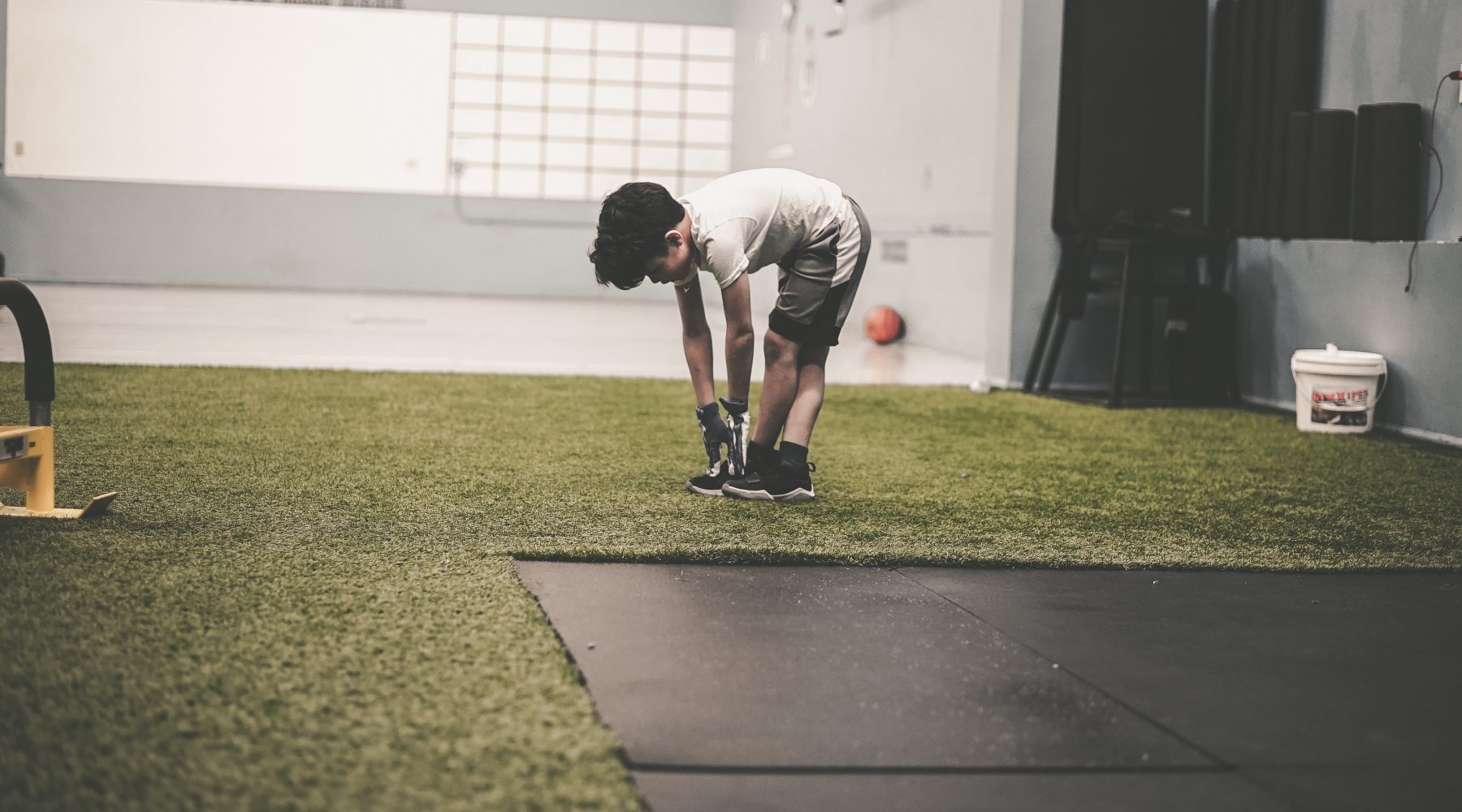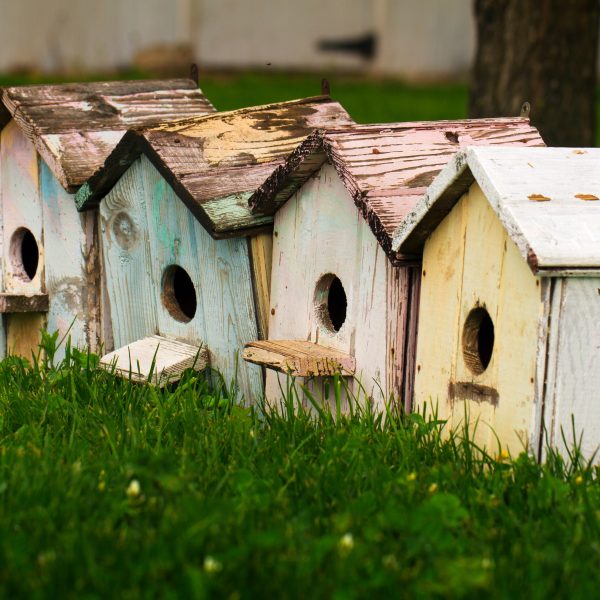Physical health and wellbeing: innovative approaches in an inner-city community

There is increasing awareness and concern about the state of children’s health and wellbeing. Diet and physical activity are widely acknowledged as key factors related to a young person’s health, including physical capabilities, and may also impact health outcomes across the lifespan. In short, investing early in a person’s health and wellbeing has a direct impact on their quality and quantity of life.
A proven, yet under-resourced strategy is to tackle the problem head-on within early education using a targeted and multi-pronged approach. Such a strategy requires close collaboration between teachers, families and children in early education settings.
The Australian Early Development Census (AEDC) is a national population-based evaluation of child development in the first year of full-time schooling. AEDC data can help professionals working with children and families to think critically on how to effectively support children’s development. Early childhood educators are in a prime position to be proactive in putting the AEDC data into action by supporting and enhancing children’s learning and development.
The Physical health and wellbeing: Innovative approaches in an inner-city community research project took place at the Lady Gowrie Tasmania Integrated Child and Family Centre in South Hobart between August 2017 and February 2018. The project was designed to:
- build educator capability in relation to using AEDC data sets to inform professional decisions;
- enact pedagogical practices that afford children opportunities to engage in challenging physical play, and;
- measure and communicate about the effects of intentional, sustained and contextual practices to
parents and families, the local community and other early years services.
To bring understandings to how early childhood educators enable children to flourish in the area of physical health and wellbeing, participatory action research was drawn on (Kemmis, 2009). Consistent with action research methodologies, cyclic processes – plan, act/observe, reflect – were followed throughout the life of the project.
Action research enables opportunities for educators to reflect and analyse as a project unfolds, and at key points critically reflect, building on prior events, and creating the conditions for new thinking and actions. Importantly, action research empowers educators and enables creating projects that are meaningful and have relevance.
Approval to conduct the research was obtained from the QUT Human Research Ethics Committee with assurance from Lady Gowrie Tasmania that it met their requirements for approval. Action research enabled the investigation of the key research question: How can early childhood educators enable
children to flourish in the area of physical health and wellbeing?
Data included field notes from meetings, email communications, collaboratively generated documentation, facilitated group discussions and minutes of meetings. Data was analysed using inductive and deductive thematic analysis, whereby codes or categories were created, and themes identified.
The project included three two-hour face-to-face workshops with educators and invited colleagues
(including Lady Gowrie Tasmania and AEDC personnel). Monthly face-to-face or online core research team meetings were held, with topics of leadership, critical reflection, coaching and mentoring, theories and pedagogy as key anchors to guide discussions.
Throughout the project, complementary materials were shared with educators, with the two modules “critical reflection” and “working with theories” developed that will remain as resources to access and draw on for future professional development and learning.
Throughout the project there was a focus on creating a research culture, where educator-participants were empowered to engage with ideas and through questioning and provocations be challenged to reconsider pedagogy and practices, particularly in relation to the AEDC domain of children’s physical health and wellbeing.
Through analysis of the data, six themes were identified, with additional ‘threads’ or concepts that were both implicit and explicit in all aspects of the project.
Theme 1: Knowledge and skills.
Throughout the project, educators’ immersion and engagement with key knowledge and skills enabled
deeper understandings and thinking about the ways that educators are able to challenge, extend and ultimately put in place a program so that children are able to reach their physical development potential. Concepts of physical literacy, motor skills and effortful play were explored. The introduction of Active Play Sessions was key in shifting educator’s thinking about physical experiences and opportunities within the Centre.
Theme 2: Use of spaces: Centre and beyond.
During the project there was consideration of the ways in which the spaces in the Centre are currently used, and from here thinking about new and different ways to utilise space. A key highlight for the re-thinking the use of spaces in the Centre was the introduction of Wheels Day, and beyond the Centre, a walk to the local Hobart Rivulet. Careful consideration was afforded to transitions – the ways the children move around the Centre – between levels, spaces (indoor and outdoor) and rooms
(e.g., dining room) – use of stairs, lift, hall ways.
Theme 3: Resources and equipment.
Consideration of the ways that moveable and fixed equipment are utilised in the outdoor physical
environment was a focus within the project. A notable example was the use of equipment introduced early on in the project – a trapeze swing in the main, shared outdoor playground. Educators explored ideas that stretched their thinking to use resources and equipment in innovative ways, and that engaged with notions of ‘risk’. Pushing boundaries to enable children to have access to resources and equipment that would see children flourish within a safe physical activity environment was a key
consideration throughout the project.
Theme 4: Pedagogy, programming and practice.
As educators held together knowledge and skills and re-considered the use of spaces and access to resources, they were able to consider holistically ways to provide for children’s physical health and wellbeing. A focus on integrated learning experiences that held together domains of child development and curriculum areas, without compartmentalising learning was important.
Music was drawn on to develop movement and music games that would provide opportunities for children’s physical development. Pedagogical documentation, including Story Park (online documentation platform) was a way to make visible children’s experiences and deepening educators’ understandings about physical health and wellbeing. A recurring concept that was identified within Theme 4 “intentionality”, whereby educators developed increased purpose and thought in
the learning experiences that were planned and provided.
Theme 5: Children’s voices.
There was consistent discussion in the data about the ‘voices of children’, with a strong commitment from educators to include children’s thoughts and ideas. At the final, third workshop in November educators noted that voices of children were key in the project, and indeed as a condition for enabling children to flourish in the area of physical health and wellbeing.
Theme 6: People and relationships.
Whilst each theme within the data is important, it was perhaps the final theme, People and relationships, that came up again and again. This theme encapsulates a number of interconnected areas that emerged through the data: teamwork, leadership, coaching and mentoring, communication, culture and structural conditions to support people and pedagogy.
The Physical health and wellbeing: Innovative approaches in an inner-city community project brought immense opportunities for the educators, children and for the Centre. The project has no doubt left traces that will continue to permeate thinking, programming and pedagogy for individual educator – participants and for the Centre:
I would be hopeful that the project is an ongoing opportunity for educators to reflect on their practices to continually improve best learning outcomes for all children (email correspondence,
educator-participant).
A phrase that came up during educator discussions was “from little things big things grow” and through the Physical health and wellbeing: Innovative approaches in an inner-city community research project, sparks were ignited that will see the reach and impact of this project live into the future.
Acknowledgements
The authors wish to sincerely thank the children, families and educators at the Lady Gowrie Tasmania Integrated Child and Family Centre, South Hobart.
This project was enabled through funding support from the Australia Early Development Census (AEDC). The Flourishing Tasmanian Child program of research Physical health and wellbeing: Innovative approaches in an inner-city community is Phase One of a broader program of research: The Flourishing Tasmanian Child.
Phase Two will see this research applied within Tasmanian regional communities and expanded to
include education and care contexts providing programs for children from birth to 8 years of age.
Resources
An AEDC-funded film of the project can be accessed here.
This article was orignally published in the Gowrie Australia publication Reflections and has been shared here with publisher permissions. You may access the original here.
Popular

Workforce
Quality
Research
When did it start to go wrong?
2025-12-18 08:00:46
by Fiona Alston

Quality
Workforce
Practice
Research
Let’s not lose the word 'Children'
2025-12-18 07:45:13
by Fiona Alston

Quality
Provider
Research
A call to action for Early Childhood: Accountability and transparency in the National Strategy to prevent child abuse annual report 2025
2025-12-18 07:00:37
by Fiona Alston
















